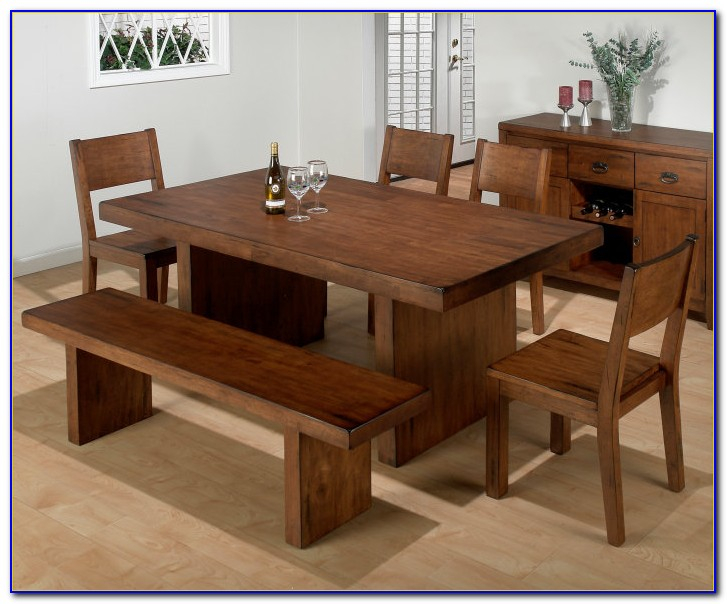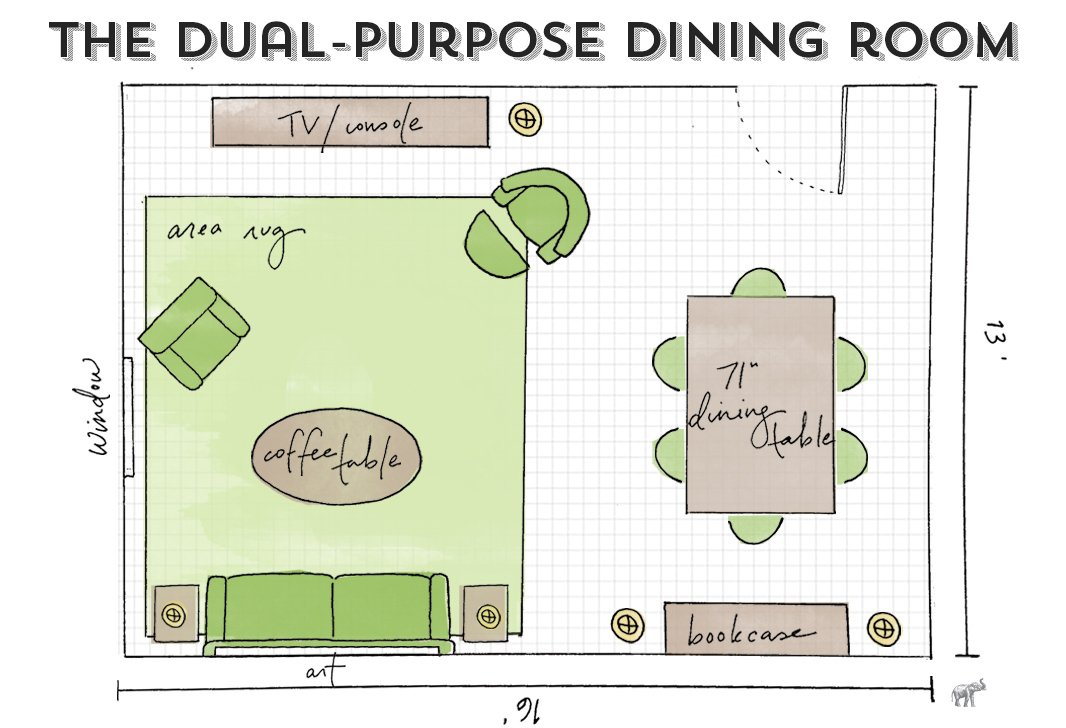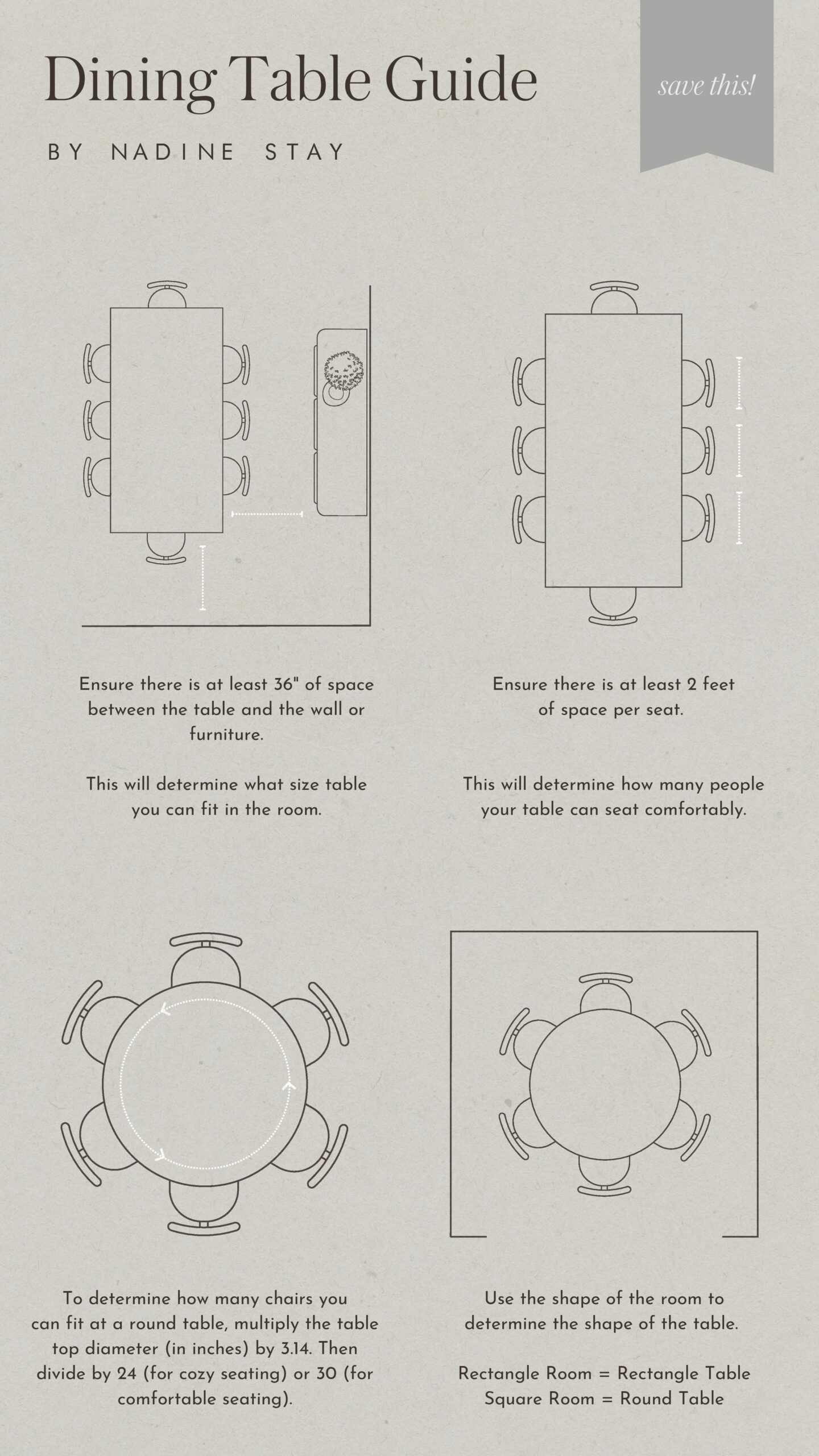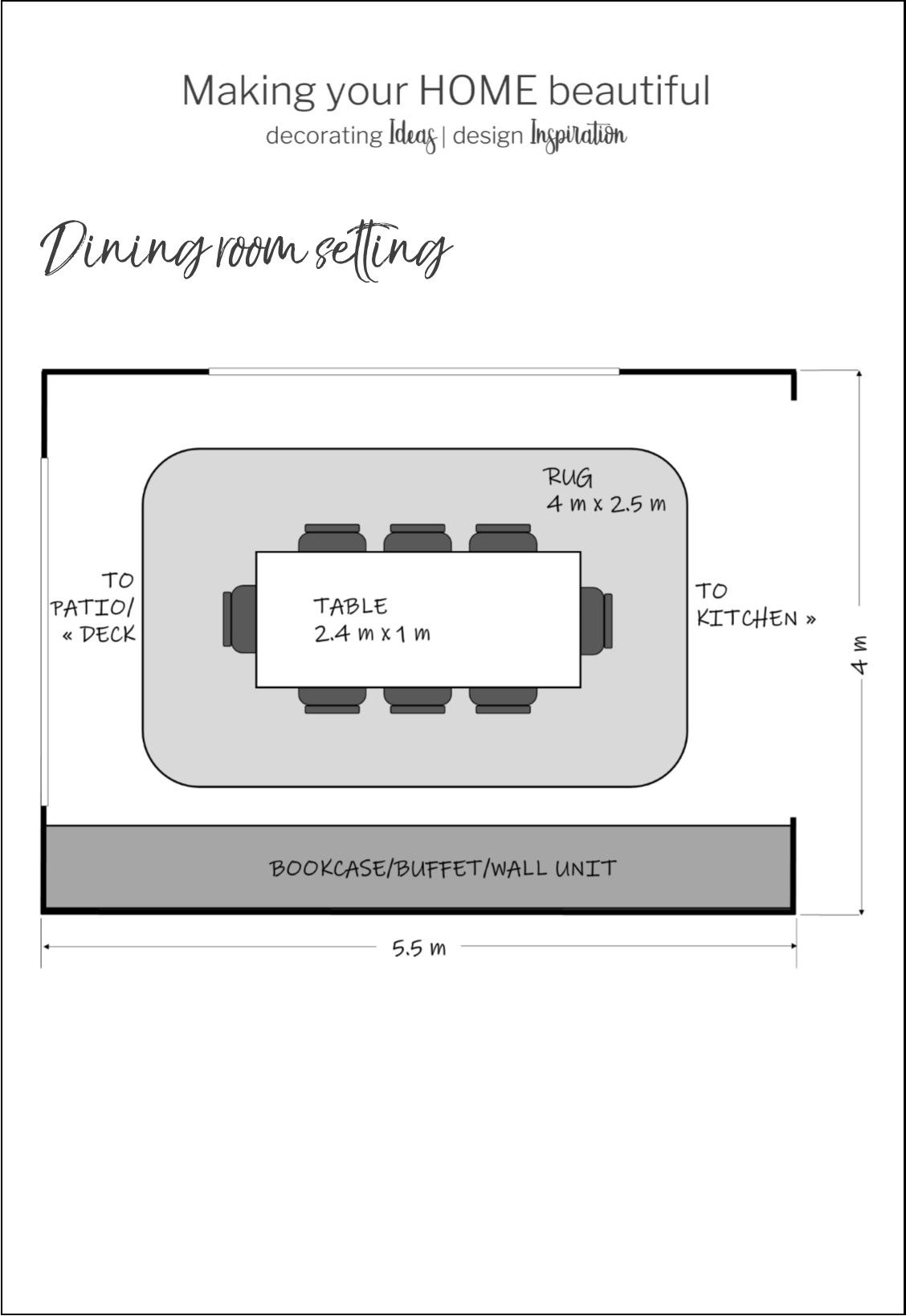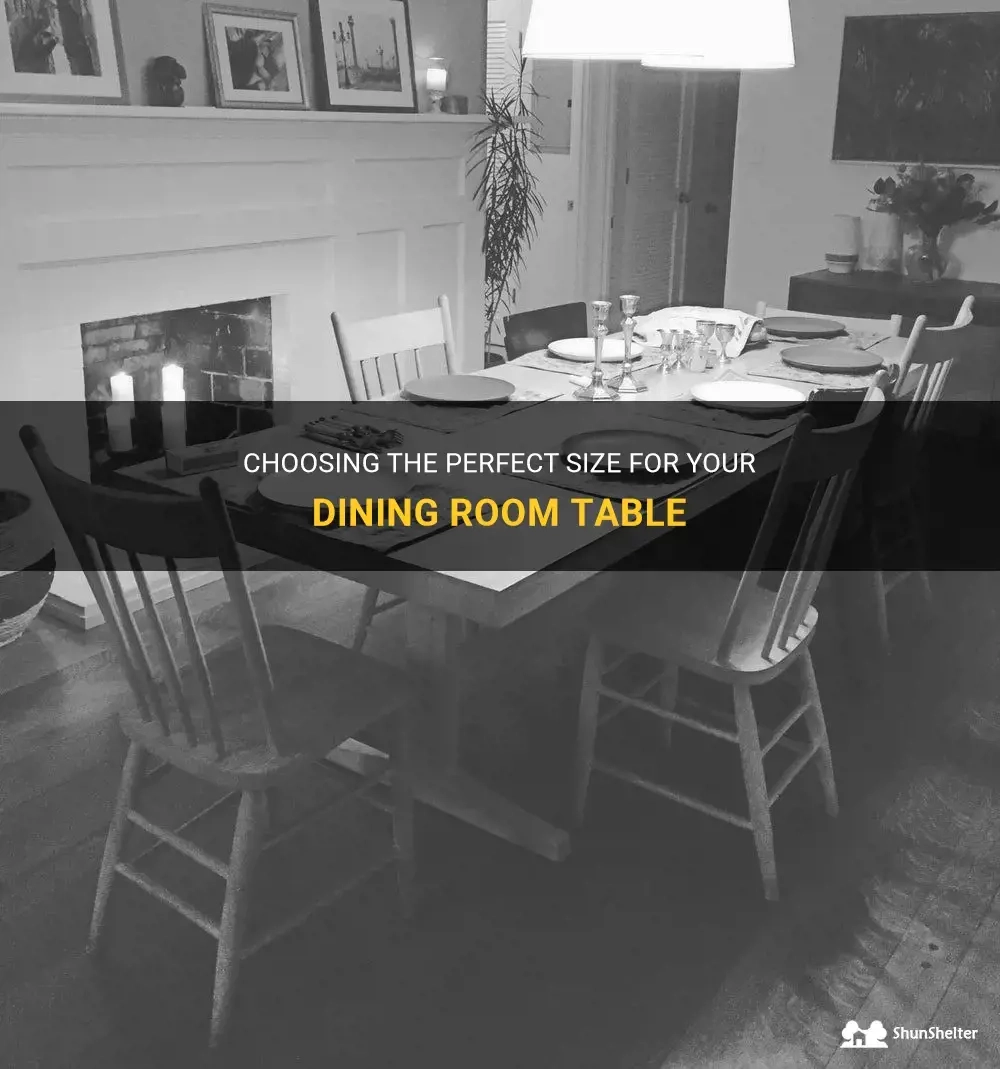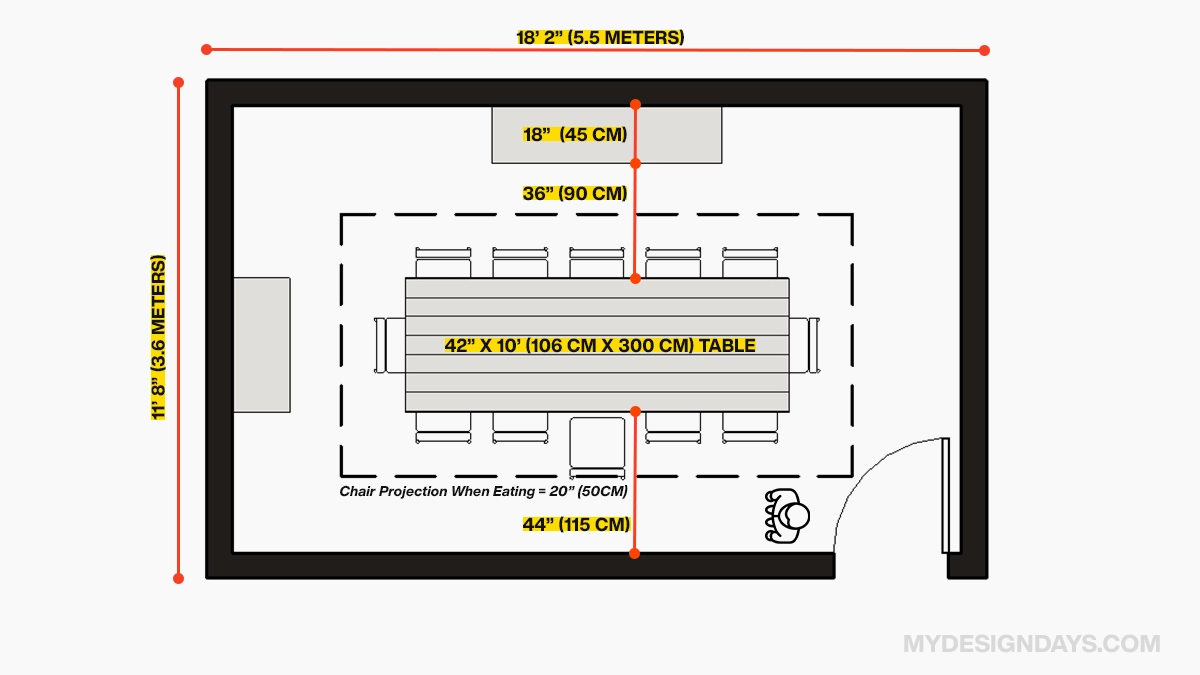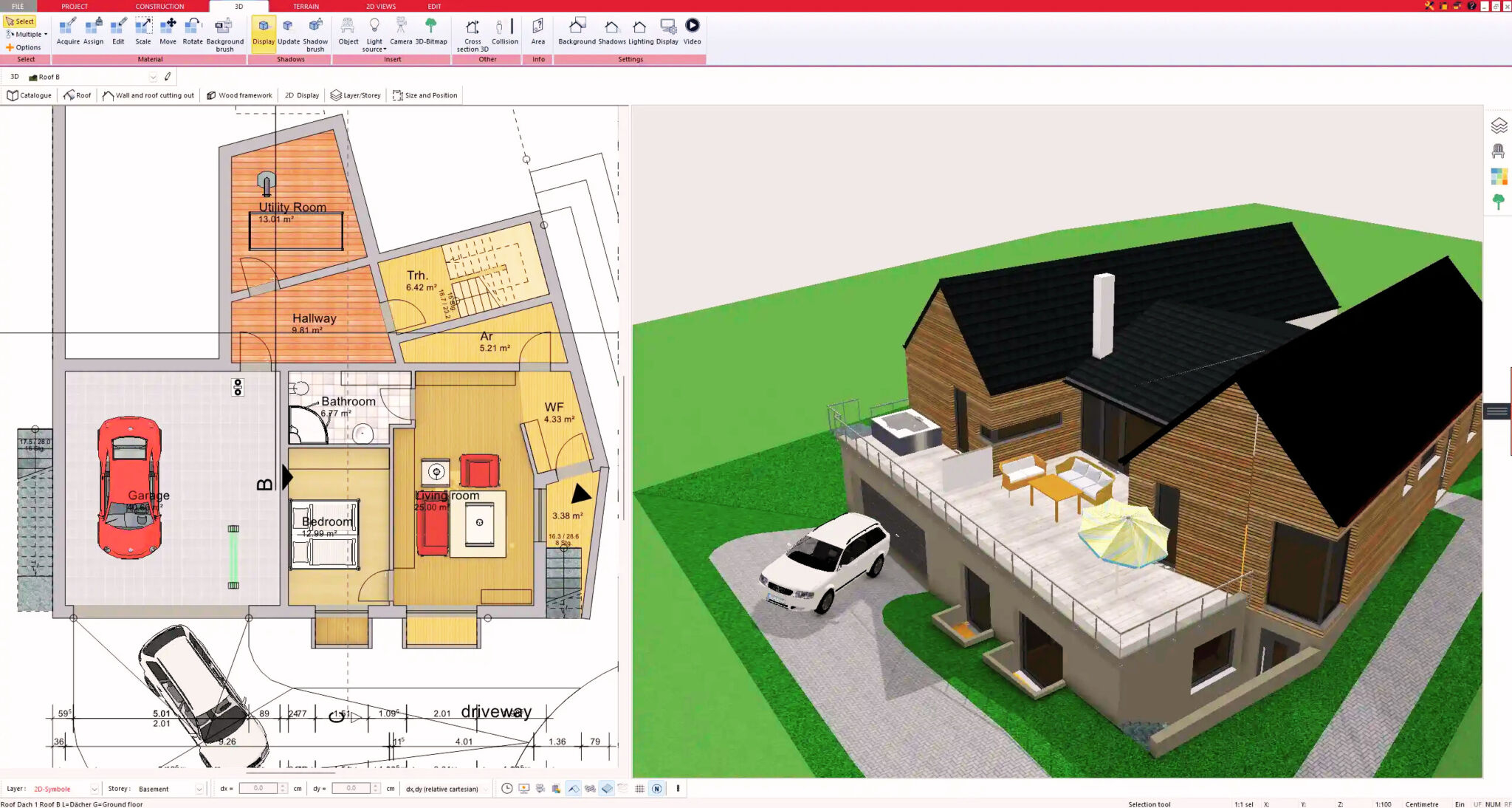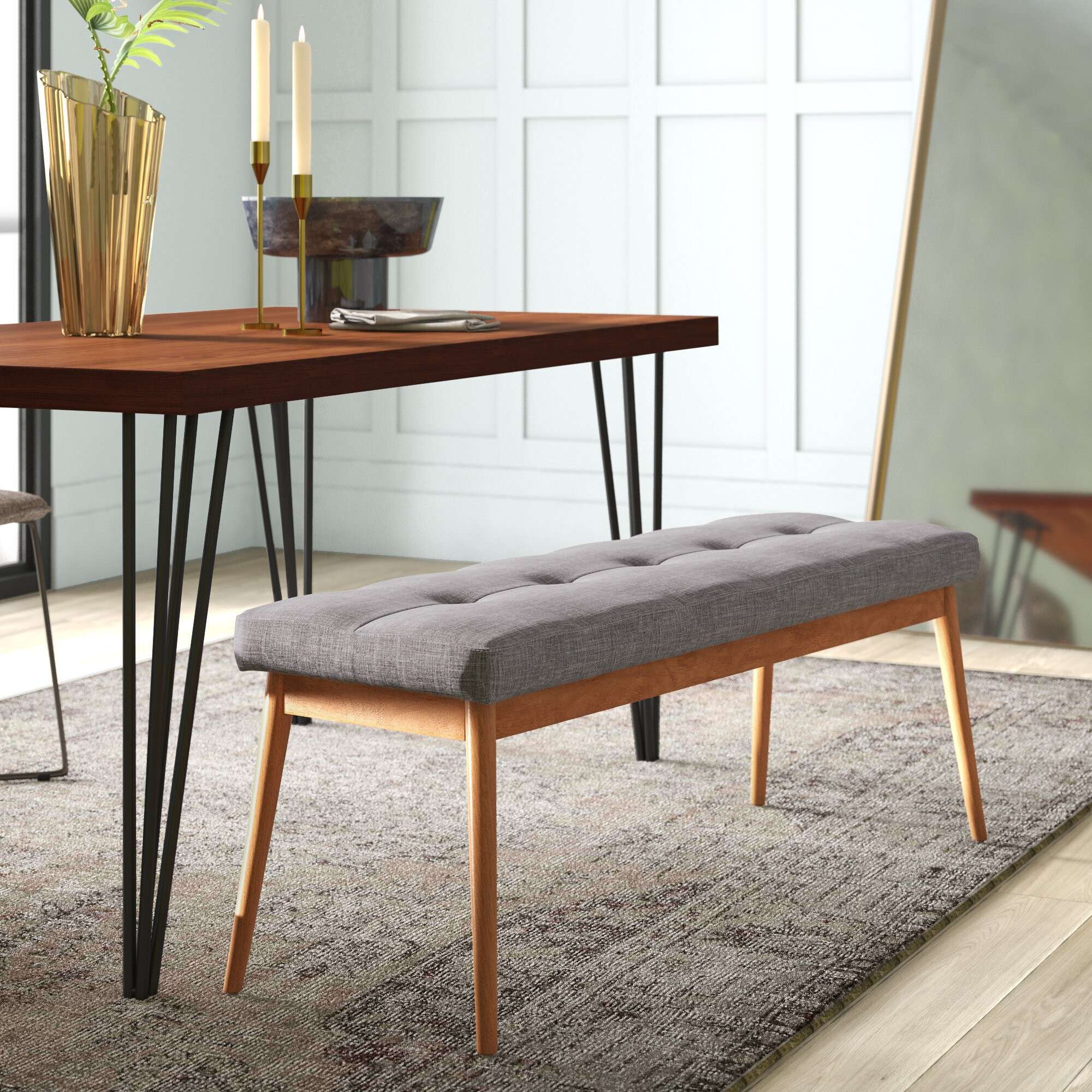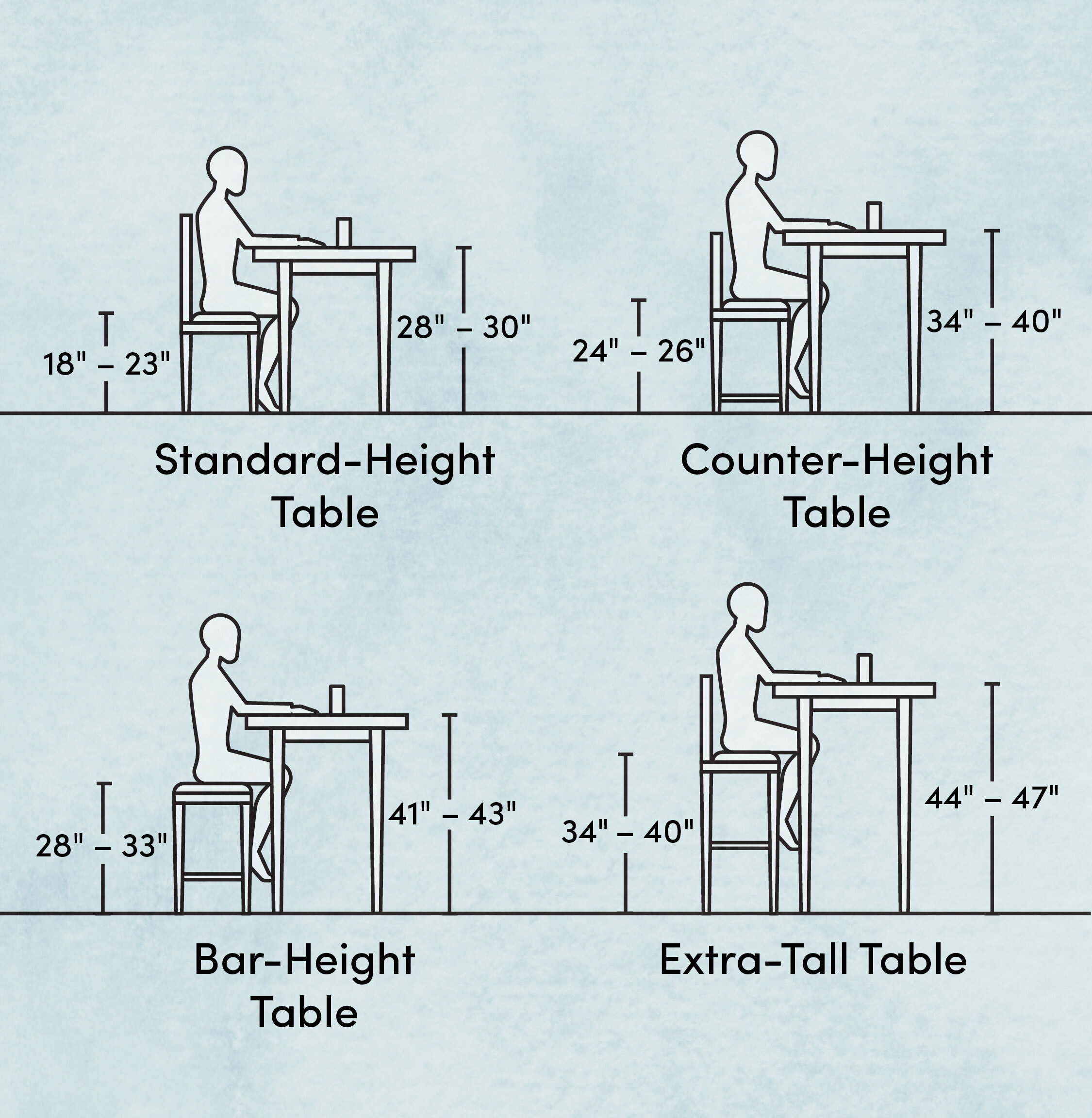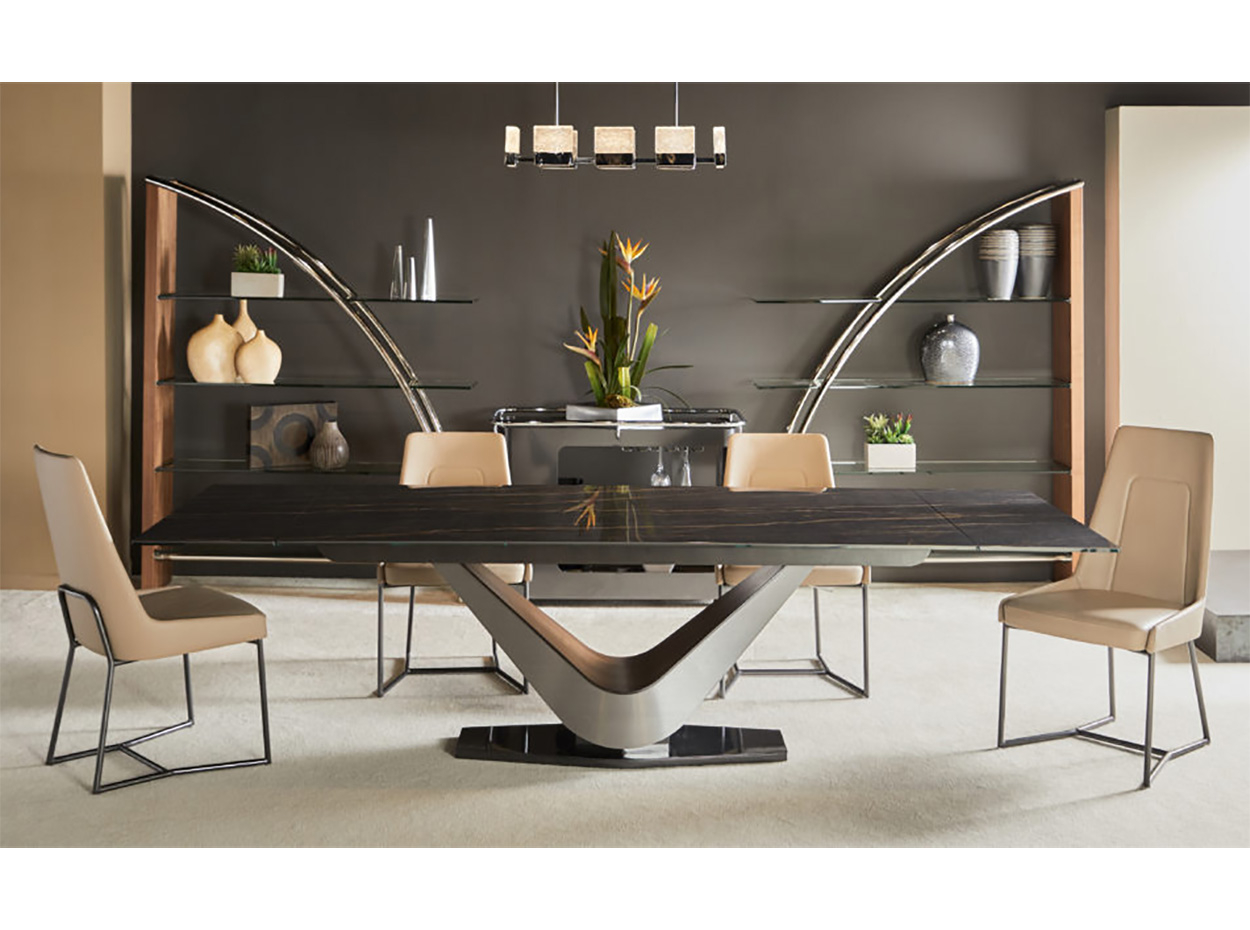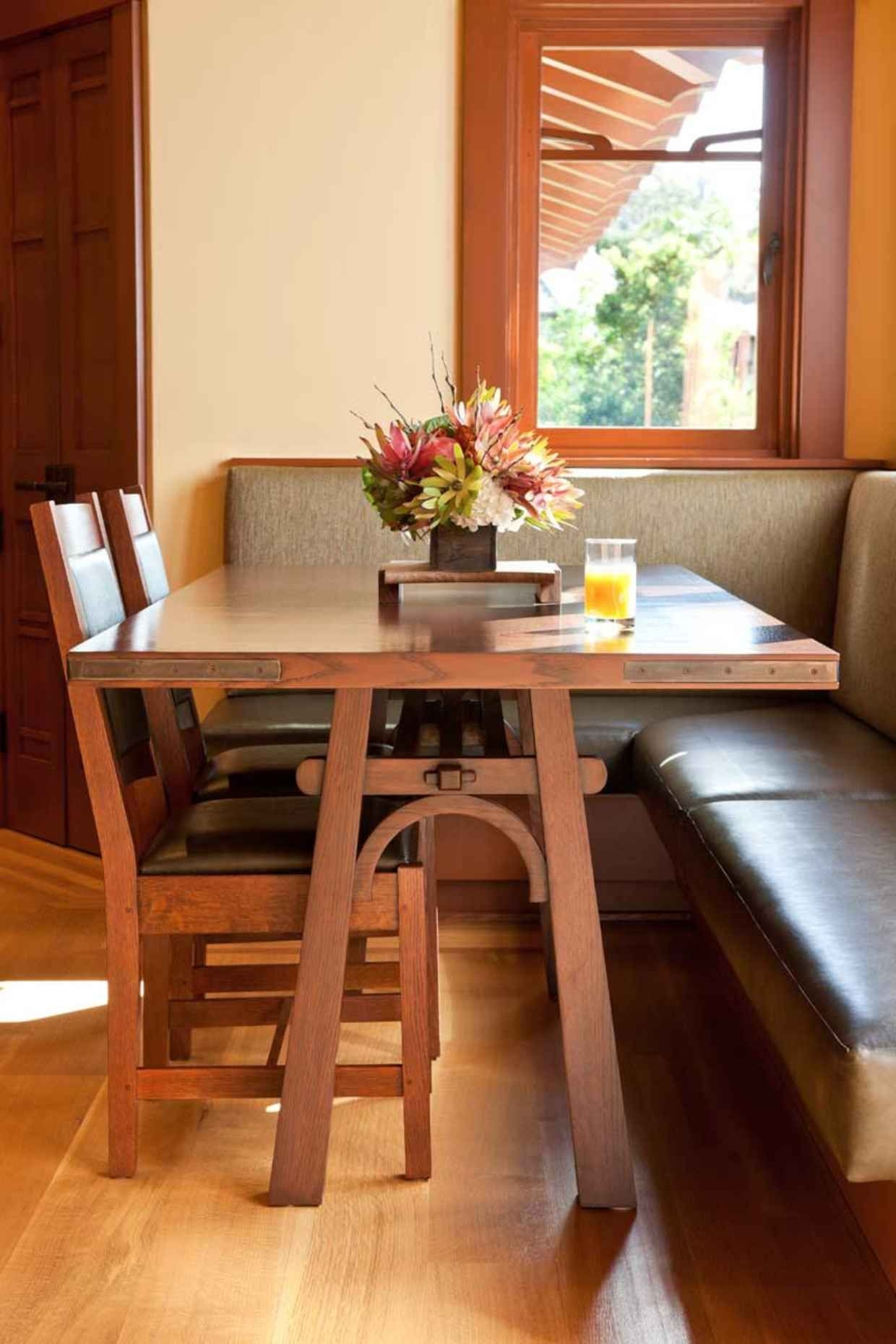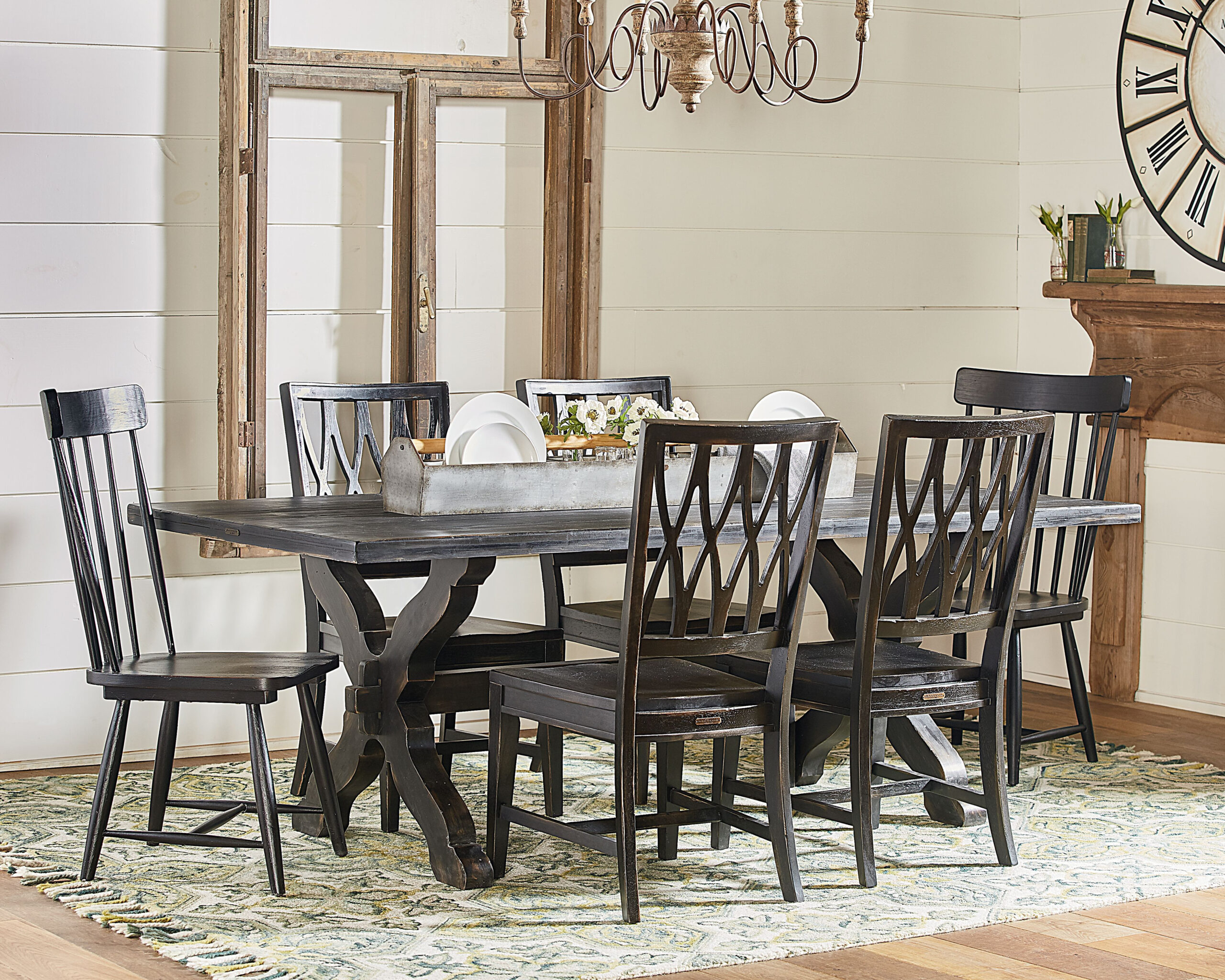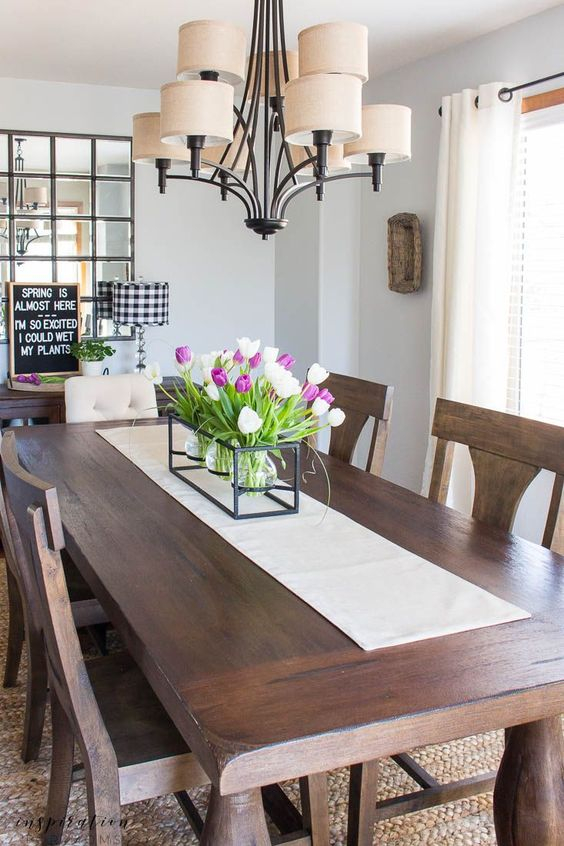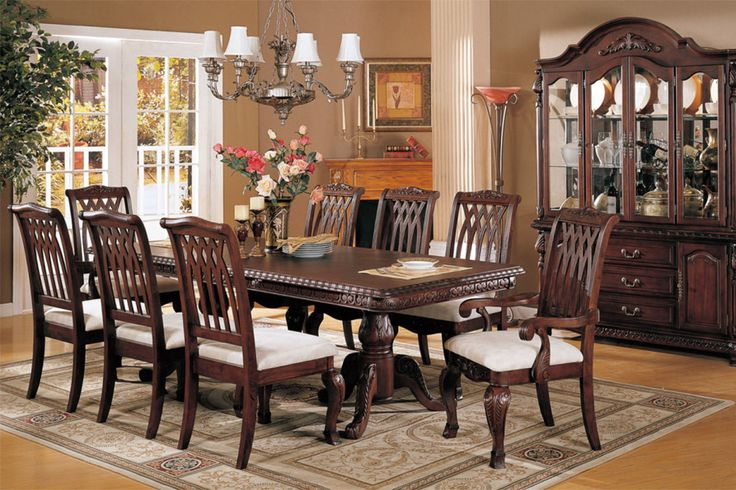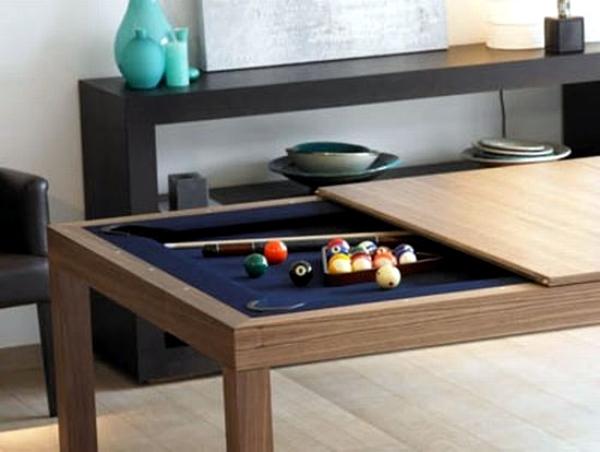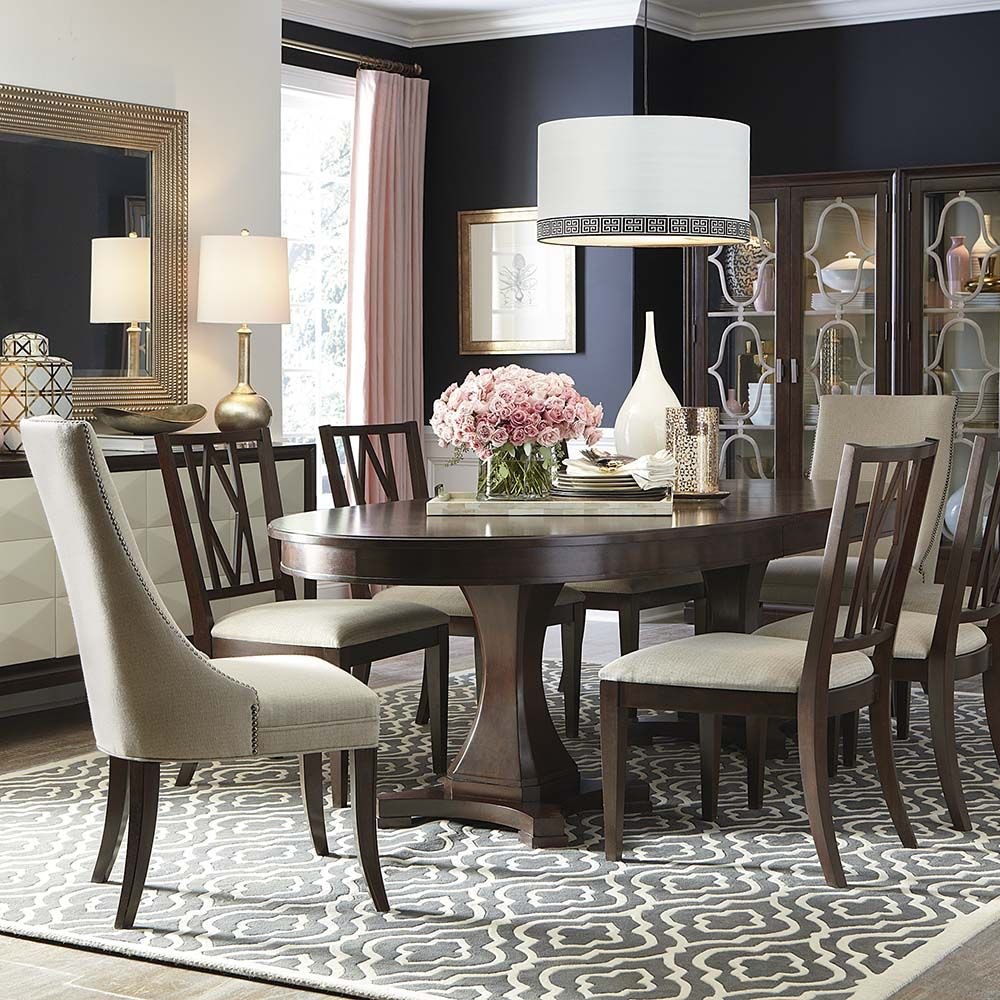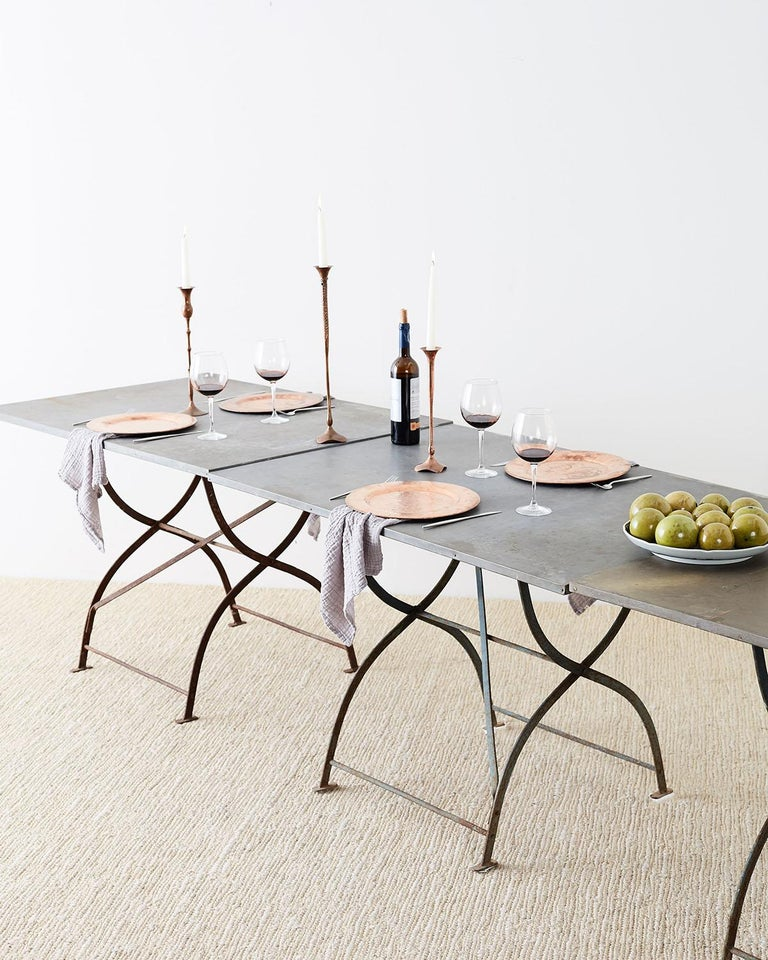Ever found yourself squished at the dining table, or perhaps your bench feels a bit too vast and unwelcoming? Getting the dimensions right for your dining bench isn’t just about aesthetics; it’s about creating a comfortable, functional, and enjoyable space for everyone. Let’s dive into the crucial sizing secrets that will make your dining area go from cramped to cozy.
We all love a good dining bench. They offer a casual, communal feel that a traditional chair setup just can’t replicate. But let’s be honest, a bench that’s too long, too short, or just plain uncomfortable can really put a damper on mealtime. It’s a common dilemma: how do you ensure your bench fits your table and your guests perfectly? This isn’t rocket science, but it does require a little know-how. We’re going to break down the essential measurements and considerations so you can make an informed decision, whether you’re buying a new bench or building one yourself.
Table Length and Bench Width: The Golden Rule
The most fundamental aspect of bench sizing is its width in relation to your dining table’s length. A good rule of thumb is to have your bench be about 10-12 inches shorter than the table on each side. So, if your table is 60 inches long, aim for a bench that’s around 36-40 inches wide for seating on one side. This leaves enough space for elbows, serving dishes, and a bit of breathing room. For a table where you plan to seat people on both sides of a bench, you’ll need to consider the table’s total length and the space needed for each person. A general guideline for seating width per person at a table is 24 inches. So, for a 72-inch table, you might aim for a bench that’s about 60 inches long to comfortably seat two to three people. Don’t forget to account for the table legs; you don’t want your bench to be so long that it butts up against them awkwardly.
Bench Depth: Comfort is Key
The depth of your bench is another crucial element for comfort. Most dining benches range from 14 to 18 inches in depth. A 15-inch deep bench is often a sweet spot, providing enough surface area to sit comfortably without encroaching too much on the legroom under the table. If your bench has a backrest, this will naturally increase the overall depth, so be sure to measure from the very front edge to the back of the backrest. You want to ensure that when someone is seated, their knees aren’t hitting the underside of the table. Consider the thickness of any cushions you plan to use, as this will also affect the effective seating depth.
Bench Height and Table Clearance: Avoiding the Squish
This is where many people stumble. The height of your bench needs to work harmoniously with your dining table. Standard dining table height is typically around 29-30 inches. For comfortable seating, you want about 10-12 inches of clearance between the top of the bench seat and the underside of the dining table. This means most dining benches should be around 18-20 inches in height. If you’re using a bench with a thick cushion, you’ll need to factor that into the final seat height. Too low, and you’ll be practically eating off your lap; too high, and you’ll feel perched uncomfortably. Measure carefully from the floor to the underside of your table to ensure you have adequate legroom.
Armrests and Backrests: Additions and Considerations
If your bench features armrests or a backrest, these add an extra layer to your sizing considerations. Armrests will increase the overall width of the bench, so make sure to account for this when comparing it to your table length. A bench with armrests might require a slightly shorter overall length to maintain that 10-12 inch gap on either side of the table. Backrests, as mentioned, affect the overall depth. A bench with a reclined backrest might need more space behind it to lean back comfortably, and you’ll want to ensure it doesn’t feel too close to the wall or other furniture. Some benches have removable cushions or backrests, which can offer flexibility.
Space Around the Bench: The Flow Factor
It’s not just about the bench and the table; it’s about the entire dining area. You need adequate space to pull the bench out and get in and out comfortably. Aim for at least 30-36 inches of clearance behind the bench when it’s pushed in. This allows people to stand up and move around without feeling cramped. If your dining area is tight, consider a bench without a backrest or one with a slimmer profile. Think about the flow of traffic – can people easily walk past the bench even when someone is seated? Sometimes, a slightly shorter bench that allows for better circulation is a much more practical choice.
Putting It All Together: Practical Tips for Success
So, how do you nail the perfect fit? First, measure your table: its length, width, and the clearance from the floor to the underside. Then, consider how many people you want to seat. For a bench on one side of a standard 6-foot table, a 48-inch bench is usually a good bet. For seating on both sides, factor in about 24 inches of seating space per person. When in doubt, use painter’s tape to mark out potential bench dimensions on your floor. Sit on it, imagine eating a meal, and see how it feels. Don’t be afraid to mix and match – a bench on one side and chairs on the other can be a stylish and practical solution. And remember, comfort trumps strict rules every time. If a slightly different measurement makes your dining experience more enjoyable, then that’s the right measurement for you.
Finding the right dining bench size is all about balancing aesthetics with functionality and, most importantly, comfort. By understanding the interplay between your table dimensions and the bench’s width, depth, and height, you can avoid common pitfalls and create a dining space that’s both beautiful and a joy to use. Remember those key measurements: about 10-12 inches shorter than the table on each side for width, 14-18 inches for depth, and 18-20 inches for height to clear the table. With a little attention to detail, your dining room will transform from potentially cramped to wonderfully comfortable, ready for many happy meals and gatherings.

